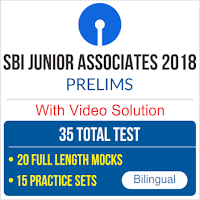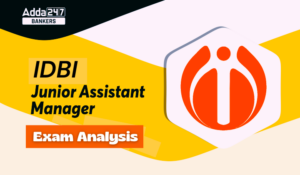A,B,C,D,E,F,G and H are eight students of a school. They read different subjects Economics, Math and Physics but not more than three students read the same subject. Each of them like different colours i.e. Red, Green, Black, Blue, White, Pink, Violet and Yellow but not necessarily in the same way.
The person who likes the Green colour does not read Physics. D likes red and he read Economics. A and G does not read Math subject. A does not read the subject which is read by H. H like yellow. G and H read the same subject. B likes the Violet colour and read with only other person which likes the Black colour. G does not like Physics. F likes the pink colour and C does not like blue and black colour .
Q1. Who likes the Blue colour?
(a) The one who read the Physics.
(b) C
(c) A
(d) E
(e) Both (a) and (c)
Q2. How many persons like the Math subject?
(a) One
(b) Two
(c) Three
(d) Four
(e) None Of these
Q3. Which colour is liked by E?
(a) Blue
(b) Red
(c) violet
(d) Black
(e) None of these
Q4. Which of the following group of the student read Economics?
(a) D, H, G
(b) D, B, E
(c) G, C, F
(d) B, C
(e) None of these
Q5. Who likes the Green colour?
(a) D
(b) G
(c) H
(d) E
(e) Data inadequate
Directions (6-7): In these questions relationship between different elements is shown in the statements. These statements are followed by conclusions. You have to find out which of the conclusions follow or not from the given statements.
a) Only I is true
b) Only II is true
c) Either I or II is true
d) Both I and II are true
e) Neither I nor II is true
Q6 Statements: Q > O = J ≥ P ≤ N ≤ T, L ≥ C = K > N = S
Conclusions I. L > P
II. O ≥ T
Q7. Statements: N = M > Q = W ≥ E , P = N < R ≤ T = Y
Conclusions I. P >Q
II. Q ≥ T
Directions (8-10): In each of the questions below are given three statements followed by three conclusions number I, II and III. You have to take the given statements to be true even if they seem to be at variance from commonly known facts. Read the entire conclusion and then decide which of the given conclusions logically follows from the given statements disregarding commonly known facts.
Q8. Statements: All mouse are page.
No page are pen.
Some pen are paper.
Conclusions:
I. Some page are not paper.
II. All mouse can be pen.
III. No mouse is pen.
(a) only III follows
(b) only I and III follow
(c) only II and III follows
(d) All I, II and III follows
(e) None of these
Q9. Statements: Some mango are apple
Some apple are banana.
Some banana are orange.
Conclusions:
I. No mango are orange.
II. some apple are orange.
III. some orange are banana.
(a) None follows
(b) only II follows
(c) only III follows
(d) only I follows
(e) only either I or II follow
Q10. Statements: Some book are novel.
Some course are story.
No novel are course.
Conclusions:
I. Some book are story
II. No story are book.
III. all story which is also course are not novel.
(a) None follows
(b) only II follows
(c) only III follows
(d) only I follows
(e) only III and either I or II follow
Directions (11-15): Study the information and answer the following questions:
In a certain code language
‘math is good book’ is written as ‘cv mt zb fa’,
‘book are good friend’ is written as ‘ at fa zb ka’,
‘math questions are tough’ is written as ‘ ka qm nt cv ’,
‘good friend solve questions’ is written as ‘ at yb zb qm’,
Q11. What is the code for ‘good’ in the given code language?
(a) cv
(b) mt
(c) zb
(d) fa
(e) None of these
Q12. What is the code for ‘friend’ in the given code language?
(a) yb
(b) fa
(c) la
(d) ka
(e) at
Q13. What is the code for ‘tough’ in the given code language?
(a) at
(b) yb
(c) zb
(d) nt
(e) None of these
Q14.What is the possible code for ‘solve tough questions’ in the given code language?
(a) nt qm yb
(b) qm at zb
(c) qm at ka
(d) qm nt la
(e) qm nt yx
Q15. What is the possible code for ‘There are good book in the given code language?
(a) zb cv ka la
(b) ka fa zb zt
(c) zb fa ka cv
(d) mt nt fa ka
(e) None of these






 GA Capsule for SBI Clerk Mains 2025, Dow...
GA Capsule for SBI Clerk Mains 2025, Dow...
 The Hindu Review October 2022: Download ...
The Hindu Review October 2022: Download ...
 IDBI JAM Exam Analysis 2025, 6 April Que...
IDBI JAM Exam Analysis 2025, 6 April Que...





